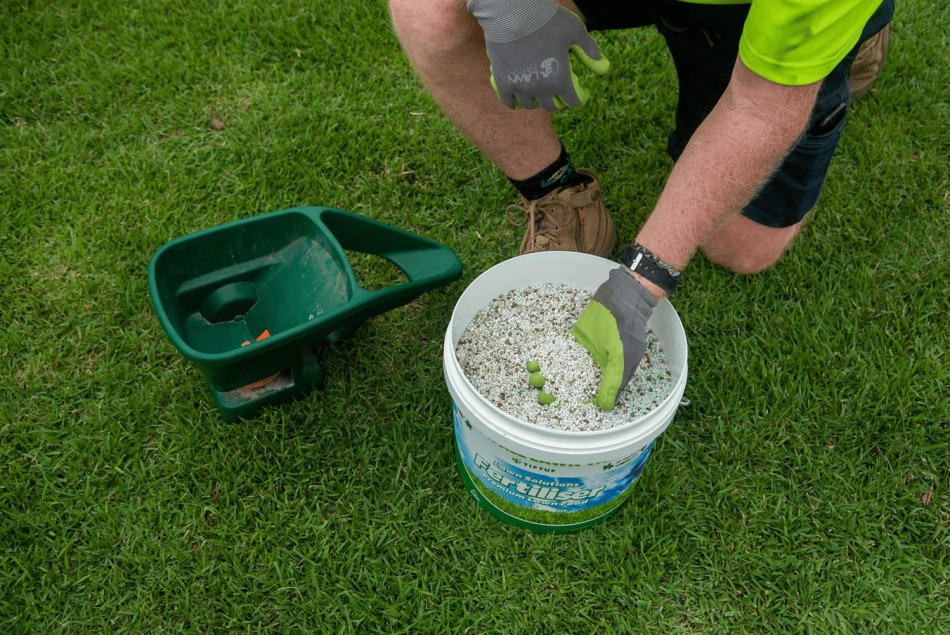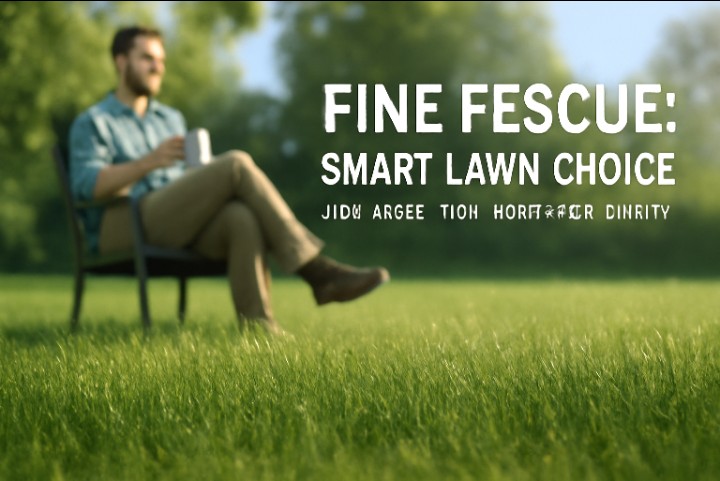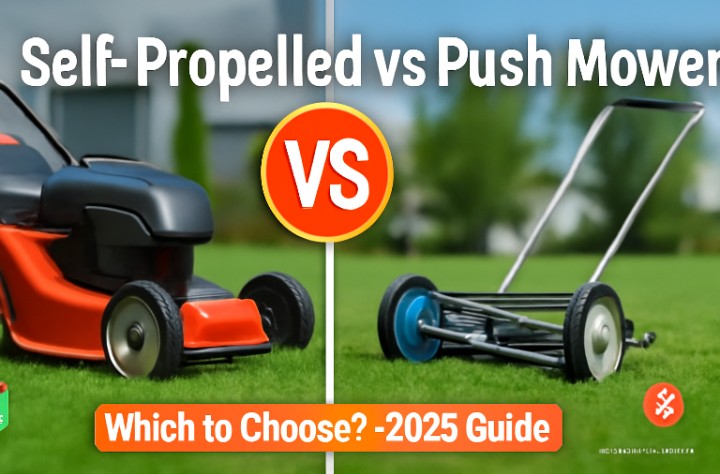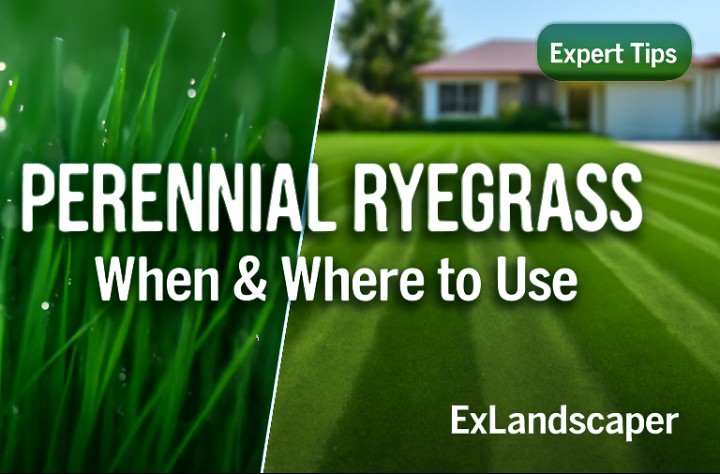Look, I have been there. Standing in the lawn care aisle, completely overwhelmed by all those chemical names. But here’s what I learned – organic lawn fertilizers actually work better than I expected. These natural products use quality ingredients that feed your grass properly. They deliver excellent results without harming your yard or the environment. The best part? They team up with the good microbes already living in your soil.
Why I Switched to Organic
My neighbor convinced me to try organic fertilizers last spring. “You won’t burn your grass,” she said. She was right. Even when I accidentally dumped too much in one spot, nothing happened.
My kids started playing outside immediately after I spread it. No waiting around for chemicals to settle. Same goes for my dog – he could run around right away. Plus, we live near a creek. I sleep better knowing I’m not contributing to water pollution.
Start With Your Soil
Before buying anything, test your soil. I grabbed a kit from Home Depot for about $15. Takes five minutes to use. Some folks prefer sending samples to their state’s Cooperative Extension Service for detailed analysis. Either way works fine. The results tell you exactly what your lawn needs.
My test showed low nitrogen but plenty of phosphorus. That changed everything about which fertilizer I picked. Your situation might be totally different. Timing matters too. Spring feeding differs from fall preparation. I learned this the hard way after applying fall fertilizer in June.
Fix Your pH First
Most grass grows best between 5.8 and 7.2 pH. Mine was 5.2 – way too acidic. No wonder my previous fertilizers barely worked. I spread lime in early March to raise the pH. Took about six weeks to see changes. Now my grass actually absorbs nutrients properly. If your soil tests too alkaline, sulfur brings it down. Get this right before adding any fertilizer.
Three Main Types
Animal-based fertilizers work slowly but last longer. Think blood meal, bone meal, feather meal. They break down gradually throughout the season. My lawn loves the steady feeding.
Plant-based options kick in faster. Kelp meal, soybean meal, compost – these deliver quick results. I see green-up within two weeks usually. Mineral-based fertilizers fix specific problems. When my soil test showed low sulfur, gypsum solved it completely.
Granules vs Liquids
I prefer granules for regular feeding. Spread them with my broadcast spreader in about 20 minutes. They feed the lawn for months afterward. Liquid fertilizers help when I need quick fixes. Mixed up a batch when brown spots appeared in July. Saw improvement in days. Both work great. Just depends on what you need when.
Products That Actually Work
The Andersons Innova 7-1-2
This became my go-to after trying several others. The 7-1-2 ratio with amino acids keeps my lawn fed all season. One 40-pound bag covers my entire backyard – about 5,600 square feet.
It’s OMRI-listed, which means it meets organic standards. Barely any dust when spreading. My allergies appreciate that detail. Contains zero manure or waste products. Just clean, organic nutrition that will not burn anything.
Jonathan Green Organic
My budget-conscious sister swears by this one. The 10-0-1 ratio includes iron for darker color. Made from feather meal, soybean meal, molasses, and wheat middlings.
She gets 10 weeks of feeding from each application. Comes in two sizes – 17 pounds for smaller yards, 51 pounds for larger ones. Completely safe around her toddler and golden retriever.
Scotts Natural
Perfect for new lawns. My neighbor used this on his freshly seeded area last fall. The 11-2-2 formula has extra phosphorus for root development. He applied it four times during growing season. The 29.1-pound bag covered his 4,000 square foot front yard perfectly. Made from bone meal, blood meal, and meat meal.
Urban Farm Liquid
This concentrated liquid impressed me. One gallon makes 256 gallons of ready-to-use fertilizer. The 13-1-2 ratio plus iron really boosted my nitrogen-deficient areas.
Contains bat guano, sea kelp, and worm castings. Covers up to 60,000 square feet when diluted. I apply it 2-3 times monthly during growing season.
Espoma Spring Booster
Great for established lawns with enough phosphorus already. The 8-0-0 formula includes calcium and sulfur for overall health. Made from feather meal, pasteurized poultry manure, and gypsum. Thirty pounds feeds 5,000 square feet easily. Promotes disease resistance while thickening the grass. I use this every March now.
Milorganite
This Milwaukee product has an interesting backstory. Made from heat-dried microbes that processed wastewater. Sounds weird but works amazingly well.
The 6-4-0 ratio includes iron for deep color. Each 36-pound bag covers 2,500 square feet and feeds for 10 weeks. I have used it on my vegetable garden too.
Espoma Fall Winterizer
September through November applications prepare grass for winter. The 8-0-5 formula provides extra potassium for stress recovery. Really helps with winter survival.
I apply this to dry, recently mowed grass every October. Thirty pounds covers my entire front lawn perfectly. Never causes burning even when I mess up application rates.
GS Plant Foods Kelp
This liquid seaweed fertilizer does something special. The main ingredient comes from Ascophyllum nodosum seaweed. Low NPK numbers mean I can mix it with other fertilizers.
One gallon covers 1,000 square feet when properly diluted. I mix 1 ounce with 1 gallon water. Apply during cooler parts of the day for best absorption.
Reading Those Numbers
NPK ratios confused me initially. Then my Extension agent explained it simply. Nitrogen makes grass green and leafy. Phosphorus builds strong roots. Potassium fights disease and stress. The numbers show percentages by weight. Always nitrogen first, phosphorus second, potassium third. So 11-2-2 means 11% nitrogen, 2% phosphorus, 2% potassium.
Organic fertilizers usually have more nitrogen than the other two. Makes sense since grass needs nitrogen most. Choose higher nitrogen for healthy, established lawns. Lower nitrogen with more potassium for fall feeding. Iron helps when grass looks yellow despite good NPK levels.
Timing Your Applications
Spring feeding starts when grass begins growing actively. I watch for consistent soil temps above 50 degrees. Usually early April here. Midsummer applications maintain nutrition through hot weather. I do this in mid-July typically. Ryan Farley from LawnStarter suggests late afternoon applications. Avoids the hottest part of the day. Gives fertilizer overnight to soak into soil.
I always adjust pH first based on soil tests. Then apply fertilizer according to test recommendations. Leave grass clippings on the lawn – they provide 30% of fertilization needs. Results show up pretty quickly. Usually see greening within a week or two. Duration depends on the specific product and weather conditions.
Making Your Own Mix
Sometimes I blend my own fertilizer. Use half organic matter like composted manure or decomposed leaves. The other half needs nitrogen sources like blood meal or fish meal.
Mix everything thoroughly in a large bucket. Apply evenly across the lawn with a spreader. Costs less than commercial products usually.
Answering Common Worries
Organic fertilizers rarely burn grass. Even when I accidentally double-applied in one area, nothing bad happened. But excess fertilizer still wastes money and pollutes groundwater. These products cost more upfront but create healthier soil over time. They feed grass more consistently than synthetic alternatives. Follow soil tests and label directions for best value.
Application frequency varies widely. Some products need monthly applications. Others work quarterly. Always check manufacturer recommendations first.
Quick Product Comparison
Andersons Innova gives 7-1-2 nutrition covering 5,600 square feet per 40-pound bag. Jonathan Green provides 10-0-1 coverage for 5,000 to 15,000 square feet depending on bag size. Scotts Natural delivers 11-2-2 nutrition with 4,000 square foot coverage per bag. Urban Farm liquid makes 256 gallons covering 60,000 square feet total.
Espoma products cover 5,000 square feet per 30-pound bag. Milorganite covers 2,500 square feet per 36-pound bag. GS Plant Foods covers 1,000 square feet per gallon.
The End
Organic lawn fertilizers changed how I think about yard care. They work with natural processes instead of fighting them. My soil gets healthier every year. Start with that soil test. Pick products based on actual needs, not fancy marketing. Apply at proper times for maximum benefit.
My lawn looks better now than it ever did with chemicals. My family stays safer. The environment benefits too. Really a win-win situation all around.






